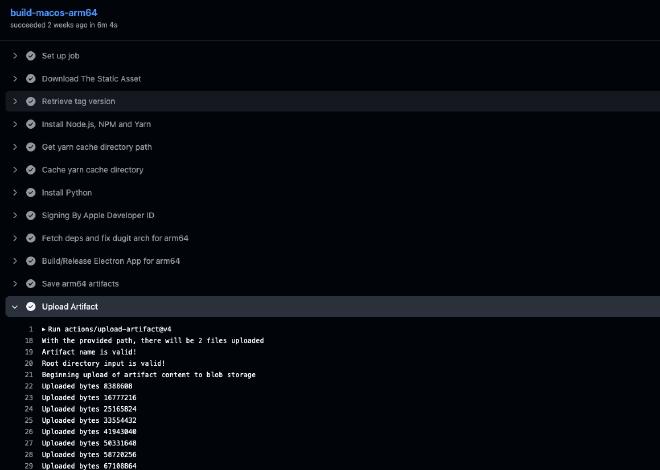How to Install Logseq’s DB Version on Your Computer
Logseq’s highly anticipated DB version branch was merged to master a while ago, but users are still not able to officially download and use it via the official update mechanism. Official versions are still bound to v0.10.x, while the version tag supporting both standard (Markdown files) graphs and the new SQLite-based ones, start from v0.11.x.
For a while, a web demo version has been hosted online, and I used it extensively. However, being an unofficial demo, it would change quite significantly from time to time, and required me to frequently export copies of my SQLite and assets, and back them up.
Of course, I could as well check out the latest version of the master branch, and just compile the binary, but knowing myself, that would end up being a massive Pandora’s Box of mess-ups and frustration.
Luckily, the solution should have been obvious throughout the whole time, but I somehow did not bother to check. There is a GitHub action that builds pre-release versions of Logseq for all platforms, upon every commit that gets merged to master. Even the official Logseq README makes a clear mention of that, but I am sure that a very small percentage of people have read that part (which is the reason for my blog post).
All you need to do is come to this page here, click on the latest release, and then search for the Upload Artifact job. At the bottom of the log, you will see a link to an archive file that you can download straight away.

One thing you’ll notice is that the download sizes and those of the respective builds are now significantly larger than before. No wonder, you now have two separate versions of Logseq in the same build.
Warning #
NOTE: It should go without saying that as this is an unofficial release build of a totally redesigned version of Logseq, you must back up your entire graph (if you have one), and accept the fact that it may or may not work. The same thinking applies to plugins and themes. I noticed the only a part of the plugins I had installed previously still worked, but I think it partially has to do with the fact that their authors had given up supporting them.
In my case, I simply opted for ditching everything, and starting with a DB graph, and bringing in the SQLite copy I had backed up from the web version. If you are new to Logseq, or don’t mind ditching your graph, that’s probably the easiest way to move on. From what I saw, graphs of different types can co-exist, and there’s probably a way to import an existing Markdown graph and convert it to an SQLite DB, but I have not gone too deeply on that. If one makes some research and wants to report on that, please, feel free to drop me a line in the comments.
Best of luck, and happy journaling!
Have something to say? Join the discussion below 👇
Want to explore instead? Fly with the time capsule 🛸
You may also find these interesting
How to Sync Your Existing Logseq Database Between Mobile and Desktop
It works, but is a little trickier than I thought at first.
3 (+1) Things Evernote Got Right
A look at three features that made Evernote click for me back in the day — ones that modern note-taking apps still struggle to replicate fully.
The Perfect Knowledge Assistant That Does Not Exist
But it totally could, if one manages to put these few points together.




